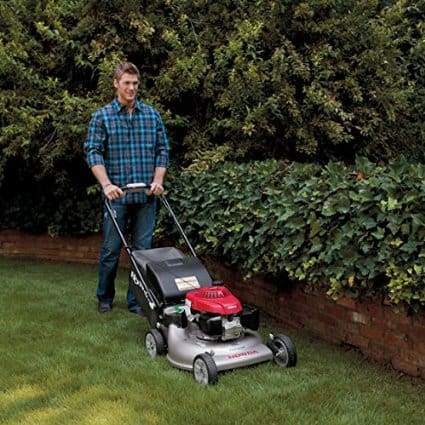How To Choose The Right Grass Seed
A lushing lawn in the backyard has always been an essential part of the classic American home.
Nowadays, partly thanks to the stay-at-home orders and self-quarantine situations, families better appreciate having a grass-based lawn in the back.
These grass lawns can easily become a relaxing place where you can spend time with your favorite people, pets, or all by yourself.
However, creating the perfect lawn using suitable grass is easier said than done. As it stands, there are two major approaches to creating a lawn.
One, you can get pre-grown grass and install them on the lawn. Within a few hours or days, you would have a perfect green backyard. It is an expensive affair, and you may have growth issues in the future.
Two, you can choose the right type of grass for your lawn, plant the seeds, and take care of the backyard. In this second method, however, you do not have to worry about high costs. Instead, you must have the time and willingness to work on the grass lawn until it is fantastic.
If you choose the second method to build your lawn, there are many aspects to consider. First and foremost, you have to choose the right grass seed for the lawn.
Because there are so many grass seed varieties in the market, you must make the best choice. Here is why:
Why Is It Important to Pick the Best Grass Seed for Your Lawn?
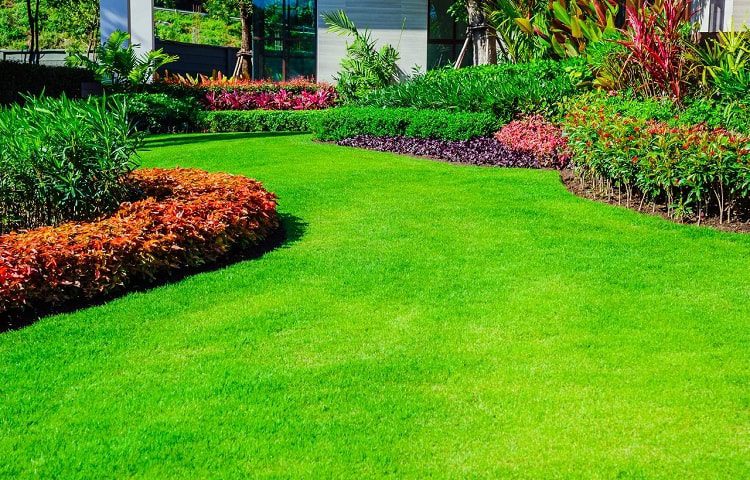
Even though almost all grass lawns would look like each other, not all of them are the same.
All types of grass have their share of advantages and disadvantages. More importantly, you cannot expect all kinds of grasses to grow equally in your yard.
For instance, some types of grass require fertilization during some seasons of the year, while others work without any fertilization.
There are also classifications based on the ideal temperature a specific grass seed would need to grow. Finally, you will have to spend more time maintaining some grass seeds than others.
Considering all these, a random selection of grass seeds does not quite work for most people. Those who make this random selection mostly end up with a subpar grass lawn, which does not look or feel good in the end.
As you can see, many factors work together in deciding whether a specific grass seed can survive in the area where you live. Therefore, it is crucial to understand these factors instead of buying a magical one-size-fits-all grass seed from the market.
Now that you know this part, shall we check out the significant factors that work towards grass seed growth?
5 Growing Factors Explained
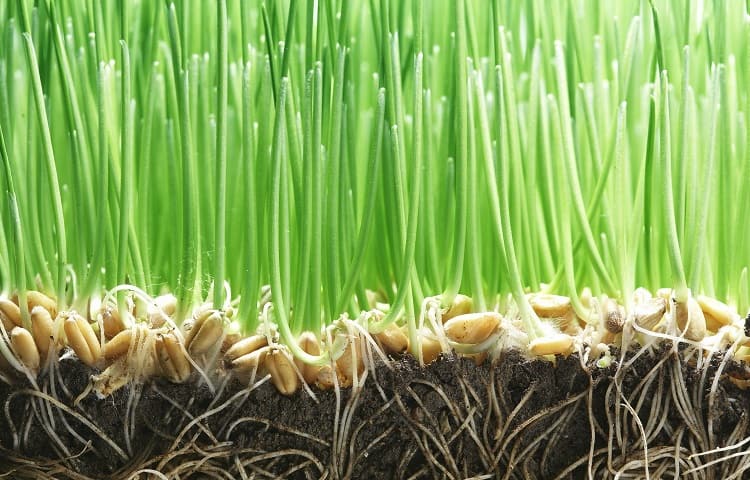
As you can guess, more than five factors impact the growth of grass seeds.
However, we have chosen these five options based on their importance. That is, even if you may ignore the other aspects, you must not forget these five while selecting the best grass seed for your lawn.
Levels of Shade
The amount of sunlight exposure can heavily impact the growth of grass seeds once planted. Once again, we cannot recommend the right amount of sunlight/shade either.
The recommended amount always depends on the grass seed you have selected. While some grass seeds can grow under direct sunlight, some require a bit of shade.
For instance, we can consider the case of bermudagrass. Despite being popular, this grass can stop growing if there is not enough sunlight exposure.
On the other hand, if you have a lawn with a massive shade, you must consider choosing fescue. As a rule of thumb, you should try to find the recommended shade levels for the seed you want to purchase.
Even better, you can sort down the type of grass you can grow depending on the amount of sunlight and shade in your backyard.
Wear and Tear
Wear and Tear refer to the amount of load the lawn can take. Ultimately, you have to select a grass seed to compensate for the higher amount of traffic that your lawn may have to handle.
As you may know, not all families in the United States spend an equal amount of time on the lawn. More importantly, each family has its way of spending quality time.
For instance, some families want to put in a few chairs and set up a barbecue. On the other hand, we have some families that go to a great extent, often with pools and a lot of running around.
So, before you choose the grass seed to plant, you should understand which of these families you can relate to.
If you can relate to the first category, you can get a comparatively softer grass variant. Because the lawn does not have to handle too much work or people every month, the grass would stay healthy for extended periods.
It is also easy to avoid instances of maintenance to a great extent. On the other hand, if you feel the family would spend a considerable amount of time on the grass, you should choose a grass seed that is more resistant to wear and tear.
Thanks to this variant’s rugged design and immunity, you can enjoy a stable environment for watersports or running around. With the help of mowing, you can take care of maintenance.
Soil
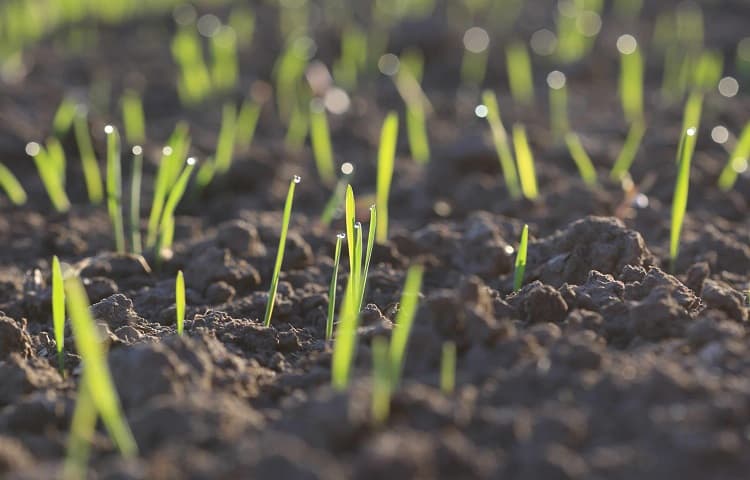
As is the case with every other plant, grass also needs suitable soil to grow. It means the nature of the soil in your yard and its chemical composition can impact how the grass seeds will germinate.
Therefore, you must understand the particularities of the yard’s soil before you make the final call. There are a few ways to go about this, but we recommend getting a soil test done.
A soil test is a comprehensive way to understand the different aspects of the soil in an area. Acidity, alkalinity, and other chemicals are essential elements checked through a soil test. A soil test will help you predict the growth patterns of multiple grass seeds and other plants.
When and How to Perform Soil Test?
Soil testing is a relatively simple task if you are wondering. However, if you want the most accurate readings from the test, you must follow some instructions.
First, we should keep in mind that you want to test soil quality from the entire yard. Therefore, instead of collecting soil from one corner of the yard, you should collect multiple samples and mix them.
As you may already know, the chemical levels of the ground might change when we move from one part of the yard to another. Since we need the soil test to show an average value of these variations, the mixing becomes an important part.
Once you have mixed the samples, it must be great to let them stay and enable air circulation. After this step, you can pack the mixed selection and get ready for the soil test.
The other option is to get a fully-fledged soil testing kit from a store. In this case, you may receive a better set of instructions on how to perform the test. Once you have sent the samples to the testing center, it may take up to a couple of weeks to get the response.
Keeping track of this delay in the process, you will have to schedule the soil test process. If you want to start planting the grass seed at the beginning of the next month, you should begin the process at least now. In this way, you can allocate enough time to analyze the results and choose the right grass seed.
By the way, since the soil is one of the most significant growth factors, you may have to set up the ground for an ideal growing environment. You can choose one of the organic or inorganic methods to manipulate the chemical levels in the soil.
However, the easiest option will be to choose a grass seed that can work well with the existing conditions. You can also check for some indicators that tell you whether the soil is suitable for a lawn.
For instance, rich animal and plant activity in the ground refers to better air circulation. In this case, you can expect the grass to flourish much quickly.
Temperature
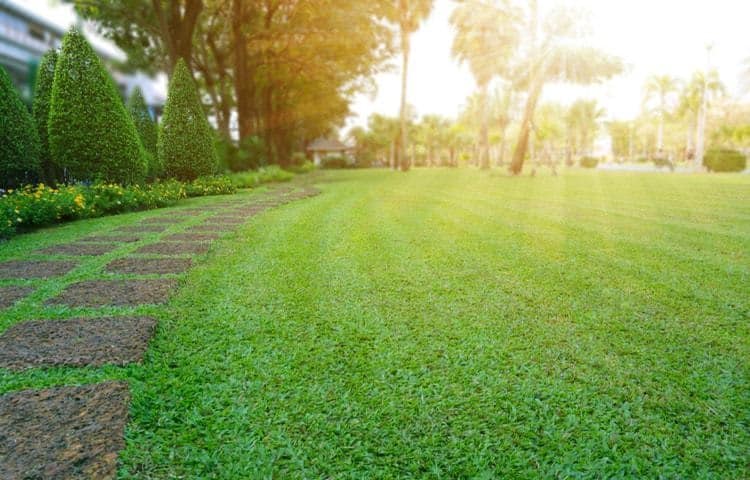
Temperatures in the area you live can also impact which type of grass grows well in your area. Like we said earlier, not all seed grass options are designed to work across the United States.
While some of the variants require a good amount of temperature throughout the year, some can stand mild weather as well. While it is okay to count on the resistance and immunity of the grass, you should better choose a grass seed that can handle the specific weather in the first place.
For instance, let us take the case of the Northern zone of the United States. In these states, you can find low-temperature summers and super-cold winters. You will have to choose a grass seed that can handle cool seasons in these instances.
On the other hand, when you come to the transition zone in the United States, you may have the best of both worlds. And, you can choose between an impressive variety of grass seeds with the capacity to handle both cold and hot environments.
Unlike the case with the soil test, analyzing the temperature patterns in your area is an easy task. There are plenty of resources that will guide you through the process. You can get in touch with your neighbors or the nearest agricultural peer group to gather this information.
You can also look at the climate data to recognize the average temperatures in the area. Then, choosing the right grass seed will be as easy as a piece of cake. It is also possible to arrive at predictions by analyzing how other plants grow in the area.
Water Accessibility
As you can guess, grass cannot grow without a constant water supply, either. Therefore, you should ensure the best water access to the plants.
Now, we are not talking about watering systems. It is also based on the amount of water you can find in the soil. In other words, the moisture in the soil will play an essential role in how the grass turns out.
As we said earlier, a comprehensive soil test will give you accurate numbers about this aspect. You have to pay attention.
Types of Grass Seeds by Season
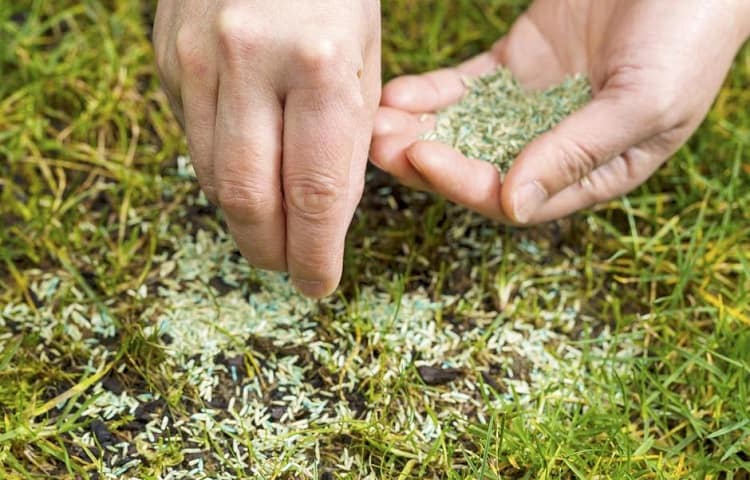
As we mentioned earlier, each grass seed will have unique characteristics. You can analyze these traits when choosing the right option for your lawn.
However, another impressive idea to classify grass seeds is by seasons. It would be best if you had understood from the above section that some grass seeds require a specific amount of temperature, soil, and sunlight.
Because the United States of America does not have seasons with the same intensity everywhere, it will impact the growth of the grass as well. Of course, you can find many varieties in both categories.
Before we check them out, we should understand the difference between the two categories: warm-season grass seeds and cold-season grass seeds.
Warm-season Vs. Cold-season Grass Seeds
Warm-season grass seeds are the grass seeds that can survive in hot weather. The plants may not flourish during lower temperatures and may even go to a dormant state.
As an extension of this characteristic, grass from this category also requires a considerable amount of sunlight. Therefore, you should not fill your yard with a lot of shade if you plan to grow this type of grass.
It would be best if you were cautious not to plant them during the summer, though. Instead, you have to plant warm-season grass during the end of the spring season so that the plants can make the best out of sunlight when the summer comes. Some of the popular varieties in this category are Bahia, Zoysia, and St. Augustine.
On the other hand, cold-season grass seeds do not have this affinity towards heat. History tracks the first growth of these varieties in the North, and they seem to have spread over some period.
Because this type of grass does not require too much sunlight, it is suitable for yards with a lot of shade. While the grass will flourish during the spring and winter seasons, you can see dormancy during the summer.
But, if your area has only mild summers, you do not have to worry at all. As for planting, you can choose either the start of the spring season or the winter season. If you go past these limits, you cannot expect the grass to grow well. Perennial Ryegrass and Kentucky Bluegrass are some of the famous members of this group.
Warm Season Grass Seeds
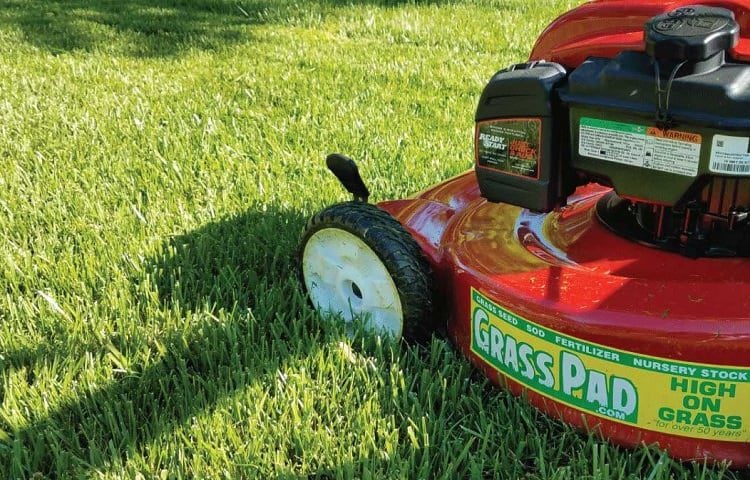
If you live in an area that is warm most of the time, you can consider picking the following varieties of warm-season grass seeds.
Please keep in mind that we have only chosen the four popular choices, but there could be several regional blends.
Bermuda
Bermuda is one of the most popular warm-season grass seed varieties out there. You can identify the seeds by their relatively rougher structure, to begin with.
Because they come with incredible resistance to heat and drought, you can expect the grass to survive even the hottest summers.
Even though the grass can take a lot of lawn traffic, you should provide it with maximum exposure to sunlight. Compared to other varieties, Bermuda can fill your lawn quickly.
Bahia
Another famous name in the category, Bahia, is a suitable choice if the soil in your area does not have much water content.
The Bahia seeds can survive without too much water, even as it handles massive foot traffic. Its aggressive growth is also one reason why Bahia becomes a choice in the area.
Just like Bermuda, Bahia also requires maximum exposure to sunlight. However, unlike Bermuda, this variety can survive in a medium level of shade.
St. Augustine
St. Augustine is a grass seed that brings the best of both worlds if you ask us. First, this variety of grass will need a regular supply of water.
At the same time, if a drought hits the area suddenly, St. Augustine will be one of the grass varieties to survive the situation. Like the other varieties we cited above, St. Augustine also has a coarse structure.
You may want to keep that in mind while telling this type apart. Finally, it is a common type of grass as well.
Zoysia
Zoysia is another grass seed you can consider from the warm-season category. Unlike the ones we covered just before, Zoysia requires a moderate water level to survive.
It also means the grass cannot survive challenging situations. We also notice that the traffic management capacity of the grass is also meager.
If you want to use the backyard for everything possible, Zoysia may not be the most powerful suit. Yet, we can recommend it for most families.
Cold Season Grass Seeds
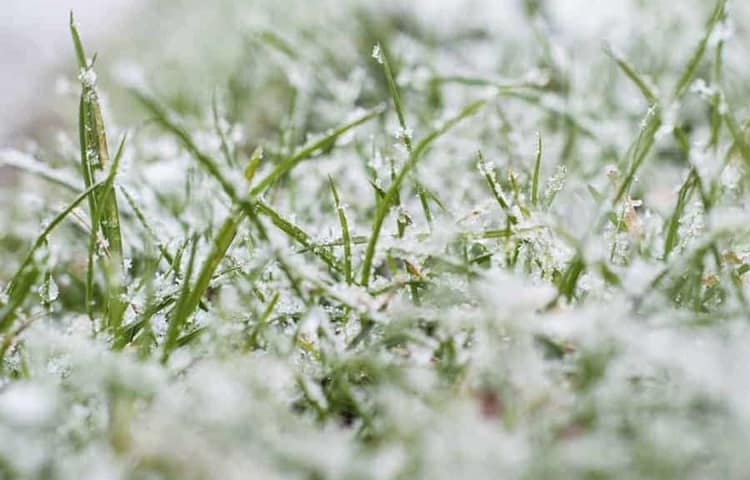
If your region stays cold most of the time, you should consider getting one of these cold-season grass seeds.
They are known to survive low temperatures for continuous periods. The most popular options from this lot are:
Tall Fescue
Tall Fescue is undoubtedly one of the best options in the cold-season category of grass seeds. In particular, this variety is loved for improved heat tolerance and disease resistance.
If you live in the transition zone in the United States, you can choose Tall Fescue as the best option.
However, the overall growth of tall fescue creates many bunches on the lawn. You will have to dedicate a reasonable amount of time to maintenance, though.
Fine Fescue
Fine fescue is another option you have from the category. However, we should keep in mind that the seed consists of different species.
You can find sub-species such as hard fescue, Chewings fescue, slender creeping red fescue, and sheep fescue. You can choose this option if you are looking for a grass seed with resistance to shade; you cannot go wrong about this.
Perennial Ryegrass
Perennial ryegrass is your next best choice when it comes to cold-season options. Nevertheless, it has a set of characteristics.
For instance, you must supply a good amount of water to the grass all the time. It can handle a good amount of lawn traffic as well. Finally, perennial ryegrass can grow without issues if there is complete or partial sunlight.
What About Blends?
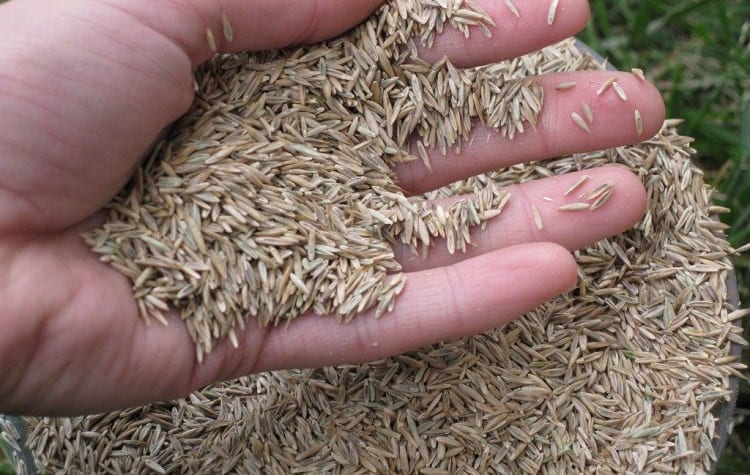
As we said, you can consider going for blended grass seeds as well.
However, it is crucial to source these blends from the correct location. It would be best to get the blended varieties from a professional who tests them for several issues.
Otherwise, you may have a regional blend variety that does not quite deliver either aspect of the benefits.
How to Identify the Type of Grass Used in Local Lawns?
The exact process of identifying the type of grass will depend on how much you know about these varieties in the first place.
However, even if you are new to the game, you can make some calculated guesses instantly. For instance, if you live in a cold-season area and see the local lawn in perfect condition, you can filter the options down to one of the two categories.
Then, you can see the current nature of the grass and compare it to the official ones to see if the grass grows well.
3 Common Mistakes to Avoid When Buying Grass Seed
- The biggest mistake is settling for a less-optimized version of grass seed. In our opinion, you should not compromise when it comes to the quality of grass seeds. Even if it means spending a little more, you will have a better lawn in the end.
- Many people make the mistake of not considering the size of the lawn before ordering grass seeds. Of course, it would have repercussions. Sometimes, there would be too much grass on the grounds, so that growth becomes problematic.
- Finally, it would be best not to get seeds from unknown or unverified sources out there. Instead, make sure that your seeds come from well-experimented sources out there. You should also check what the local authorities say.
Conclusion
We hope this guide helps you choose the right type of grass seed for your needs.
We have suggested some of the best grass seeds in both categories. Choosing one from the same would not be a tough job for most people.
You can also read up on the concepts we have mentioned here to improve your overall knowledge about growing the perfect lawn.

